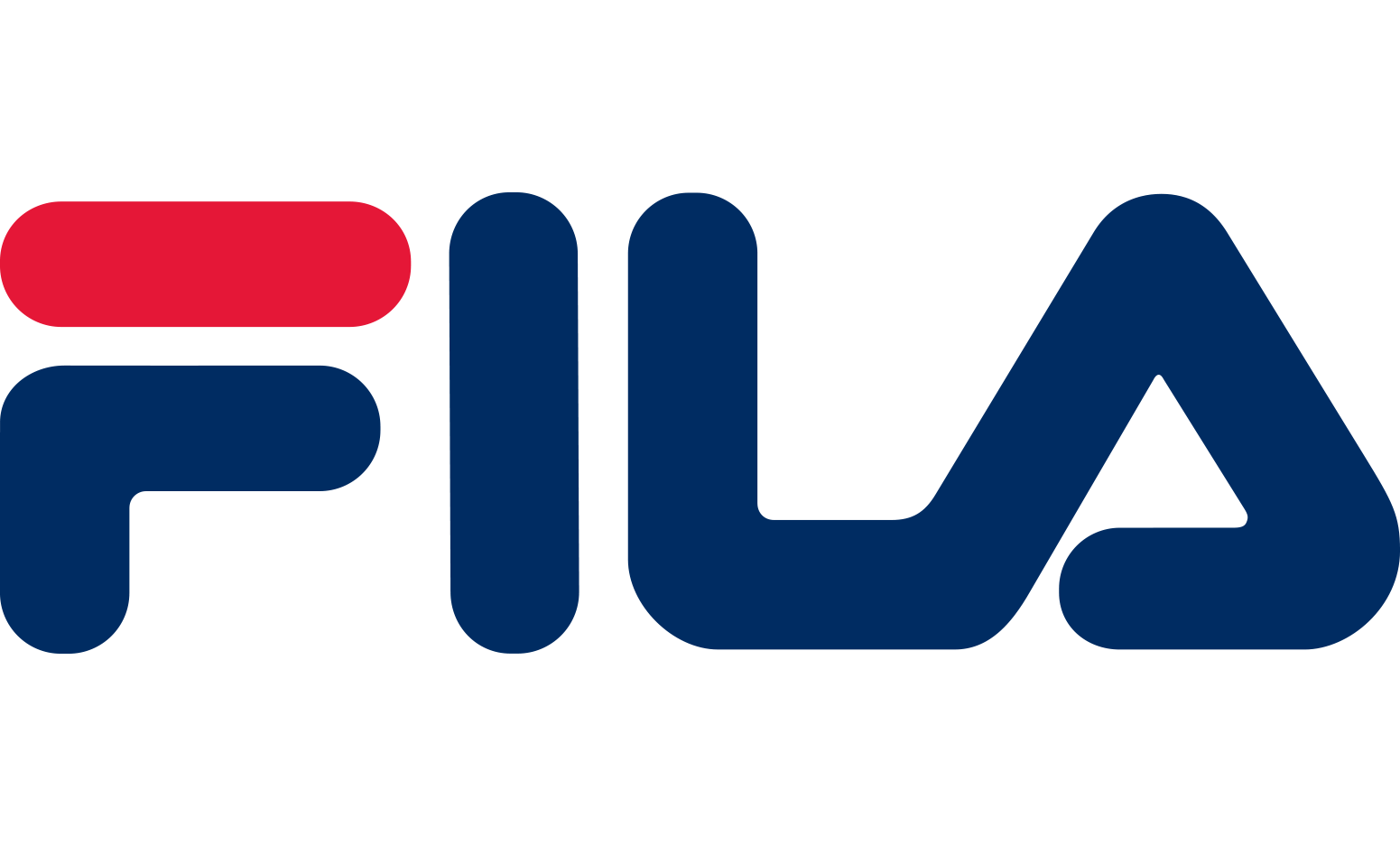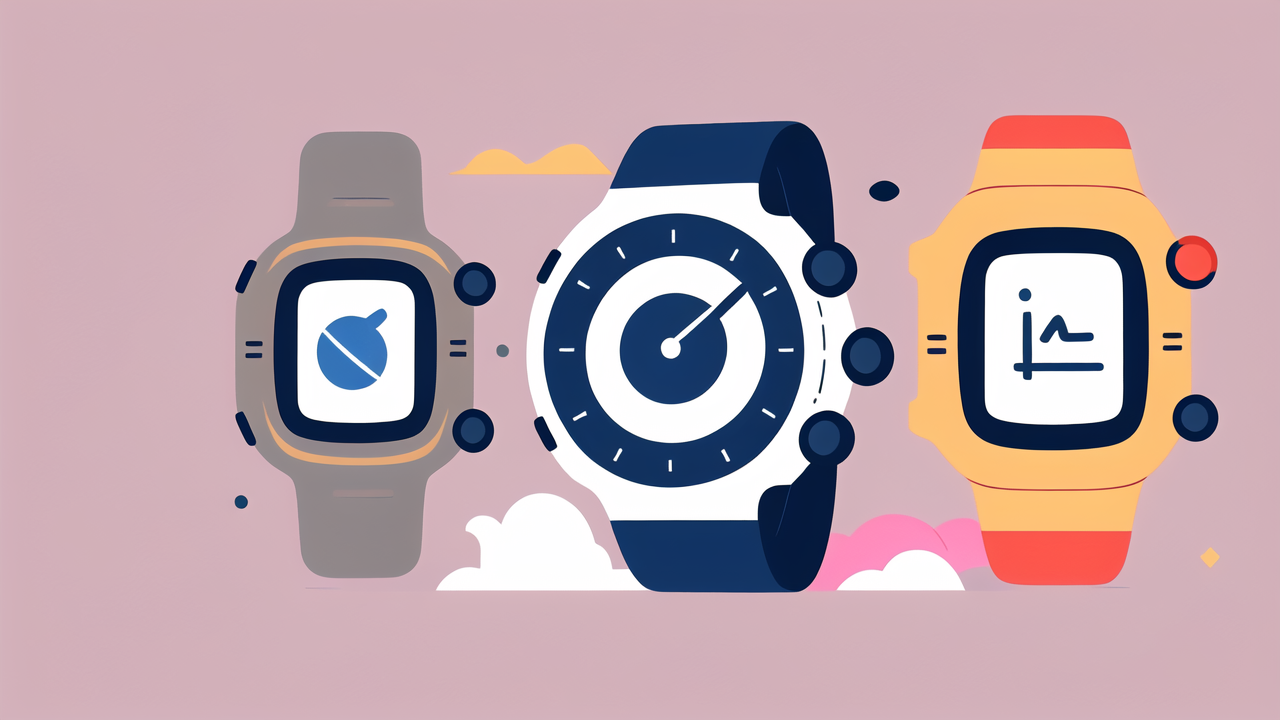The State of the Wearables Market in the United States
Market Size and Growth Trends for Activity Trackers and Smart Watches
The wearables market in the U.S. is booming. Data shows strong growth in sales of activity trackers and smart watches. This sector has seen rapid expansion in recent years. Reports predict even higher growth in the near future. Big tech companies lead in sales and innovations. Consumers are buying more wearables for health and fitness. Trends like remote work have boosted demand for these devices. The market is becoming diverse, with products for all ages. Prices are dropping, making wearables affordable for more people. Wearables are also seen as fashion statements now. This market trend is expected to continue rising.

Key Players and Market Share
In the US, a few big brands lead the wearables market. Together, they hold a huge part of the sales. This group includes Apple, Fitbit, and Samsung. These brands are known for quality and trends. Yet, there are new brands trying to get a share. They offer unique features or low prices. The market is not just smart watches. Fitness bands and health trackers are popular too. Each brand fights to stand out with new tech or design. Knowing who leads helps us see where the market might go next.
Consumer Behavior and Demand Dynamics
In the US, consumer behavior drives the wearables market. People want devices that suit their lifestyles. They look for comfort, style, and tech that helps their daily lives. Trends show a rise in health-focused wearables. Users track steps, heart rate, and sleep patterns. They also like features that sync with phones and apps. Many choose wearables based on brand loyalty and product reviews.
Technological Innovations Driving the Wearables Industry
Cutting-Edge Features in Modern Activity Trackers and Smart Watches
Activity trackers and smart watches are evolving rapidly. Today's devices boast a bevy of high-tech features designed for both health monitoring and seamless connectivity. Crucial to these wearables are their advanced biometric sensors, which can track a wide range of vital signs. For instance, many can monitor heart rate, blood oxygen levels, and even stress. They also include features such as built-in GPS for precise location tracking, NFC for contactless payments, and voice assistants for hands-free control. Sleep tracking has been enhanced too, offering insights into sleep patterns and quality. Some devices now integrate electrocardiogram (ECG) tech to detect heart irregularities. All of these aspects contribute to a comprehensive health and fitness package, right on your wrist. The interplay between hardware and software optimization has made current wearables more than just gadgets; they are now vital health tools and lifestyle companions.
How Sensors and AI are Revolutionizing Wearable Technology
The fusion of sensors and AI in wearables is a game-changer. Together, they offer personalized insights. Users can now track their health in real-time. Features like heart rate monitoring are common. They track steps, sleep, and even stress levels. AI algorithms analyze this data to provide health tips. This enables proactive healthcare by predicting issues early. Brands are investing more in AI to stand out in the market. Thus, wearable tech is becoming more than a fitness tool. It's a personal health coach on your wrist.
Interoperability and Ecosystems in the Wearables Landscape
Interoperability is key in wearables. Users want devices that work with others easily. This means activity trackers and smart watches must share data smoothly. Big brands are building ecosystems. These link watches, phones, and apps together. This lets users have a seamless tech experience. For example, Apple's ecosystem lets devices sync instantly. Google Fit connects Android wearables and collects fitness data. Having a good ecosystem can set a brand apart. It can lead to more loyal customers in the competitive market.
Challenges and Opportunities for Wearable Brands
Navigating Regulatory Hurdles in the US Wearables Market
Wearable brands face a maze of regulations in the US market. They must meet FDA standards if their devices track health metrics. Data privacy is key under laws like HIPAA, demanding secure data handling. FCC regulations apply to wireless communication in wearables. There's also the challenge of meeting consumer safety laws. Product labeling, advertising, and warranty must follow the FTC guidelines. Compliance presents hurdles but also ensures user safety and trust. Brands that navigate these well can stand out and gain consumer confidence.
The Role of Digital Marketing in the Wearables Industry
In the realm of wearable tech, digital marketing holds a key role. Brands must craft savvy online ads that resonate with their target users. They need to leverage social media platforms to boost engagement and create relatable content. Email campaigns can aid in maintaining customer loyalty and driving repeat sales. A sharp focus on SEO will help brands stand out in a crowded digital space. Success in these areas can make or break a wearable brand's market presence.
Future Outlook: Predicting the Next Big Trends in Wearable Technology
As we gaze forward, the wearable tech scene is ripe for evolution. We can expect these trends:
- Personal Health Integration: Devices will track more than steps; they'll predict health issues.
- Slimmer, sleeker designs: Future wearables will blend in more, looking like traditional jewelry or watches.
- Longer battery life: Advanced batteries may reduce the need for constant charging.
- Smarter AI: AI will fine-tune to our habits, offering more personalized tips.
- Augmented Reality (AR): AR features could provide real-time info overlays for users.
- Wearable Payments: Integration with payment systems for on-the-go transactions.
- Sustainability: A push for eco-friendly materials and manufacturing processes.
These are just a few projections that could redefine what wearables mean to us.




Leave a comment
This site is protected by hCaptcha and the hCaptcha Privacy Policy and Terms of Service apply.